The Marketing Research Funnel: From Question to Insight
Neeraj still remembers the day that fundamentally changed his perspective on marketing research. He was leading a cross-functional workshop at a major retailer when the newly appointed Chief Digital Officer interrupted his methodological presentation with unexpected candor. "We've spent millions on research over the past three years," she remarked, "but somehow we still missed the biggest shift in our category." The room fell silent. "We collect data brilliantly, but we're terrible at turning it into meaningful insights that actually drive decisions." Her observation struck Neeraj profoundly. Despite sophisticated tools and abundant data, the company had failed at what ultimately matters: transforming research questions into actionable insights that reshape strategy. That conversation sparked Neeraj's fascination with what he has come to call the "marketing research funnel"—the critical transformational journey from initial question to implemented insight.
Introduction: The Insight Generation Challenge
In today's data-saturated business environment, the limiting factor in marketing effectiveness rarely involves data availability. Rather, the challenge lies in systematically transforming research questions into meaningful insights that drive strategic action. This transformation process—the marketing research funnel—represents perhaps the most crucial yet frequently mismanaged aspect of market intelligence.
The digital transformation of marketing has simultaneously simplified data collection and complicated insight development. With AI-powered analytics, vast digital behavior datasets, and sophisticated research technologies, organizations face unprecedented opportunities for understanding consumers. Paradoxically, this abundance often results in "analysis paralysis" rather than clarity. According to the Marketing Research Association, over 65% of marketing research projects fail to generate actionable outcomes despite adequate data collection.
The structured progression from problem formulation through data collection to insight communication represents a critical capability that distinguishes high-performing marketing organizations. As noted marketing scholar Kevin Lane Keller observes, "The gap between data and insight represents the most significant unrealized value in modern marketing."
1. Problem Definition
The research funnel begins with perhaps its most crucial yet frequently underappreciated stage: problem definition.
Strategic Question Formulation
Effective problem definition starts with strategic question development:
- Linking research questions directly to specific business decisions
- Establishing clear scope boundaries for investigation
- Identifying critical uncertainties impacting strategic choices
- Defining success criteria for research outcomes
According to research by the Boston Consulting Group, organizations that explicitly connect research questions to strategic decisions demonstrate 43% higher research ROI than those conducting research without clear decision linkage. This connection ensures research serves as decision support rather than merely information gathering.
Problem Framing Techniques
Sophisticated marketing organizations employ structured approaches to problem definition:
- Decision mapping to identify critical information gaps
- Stakeholder alignment sessions to surface implicit assumptions
- Research objective hierarchies linking tactical questions to strategic needs
- Insight gap analysis identifying where current knowledge falls short
The Marketing Science Institute emphasizes that effective problem framing requires cross-functional input, with the most valuable research questions often emerging at the intersection of marketing, product development, and financial perspectives.
Common Definition Pitfalls
Several recurring problems undermine effective research from the outset:
- Symptom-focused questions that miss underlying causes
- Overly broad inquiries lacking specific decision context
- Methodology-driven questions that start with technique rather than information need
- Politically motivated questions designed to validate predetermined decisions
McKinsey research indicates that approximately 42% of research project failures stem from inadequate problem definition rather than execution issues, highlighting the critical importance of this initial stage.
Digital Transformation Impact
Modern problem definition incorporates new considerations:
- Data availability assessment across digital touchpoints
- AI-assisted problem formulation based on pattern recognition
- Cross-channel question development spanning physical and digital interactions
- Ethical and privacy implications of potential research approaches
The most effective organizations now include data scientists and analytics specialists in initial problem definition to ensure questions align with data capabilities.
2. Data Collection and Analysis
With clearly defined problems established, the research funnel narrows to methodological execution through data collection and analysis.
Methodology Selection Framework
Effective methodology choices flow directly from problem characteristics:
- Research objective alignment with specific methodological strengths
- Information type requirements (behavioral, attitudinal, contextual)
- Time and resource constraints impacting feasibility
- Required confidence levels based on decision importance
Research published in the Journal of Marketing demonstrates that methodology alignment with specific question types significantly outperforms standardized approaches applied across all research scenarios.
Multi-Method Integration
Sophisticated research programs leverage complementary methodologies:
- Qualitative exploration followed by quantitative validation
- Behavioral data analysis paired with attitudinal investigation
- Observational studies combined with self-reported measures
- Historical data analysis complemented by forward-looking projections
P&G's consumer insights group pioneered the "Connect and Develop" approach that systematically integrates diverse methodologies to create more comprehensive understanding than any single approach can provide.
Analysis Evolution
Contemporary analysis approaches extend beyond traditional statistical techniques:
- Advanced machine learning for pattern recognition
- Natural language processing for unstructured data analysis
- Predictive modeling for forward projection
- Causal inference techniques for relationship validation
- Automated insight generation through AI assistants
Despite technological advancement, the Harvard Business Review notes that human judgment remains essential in connecting analytical outputs to business contexts and extracting meaningful implications.
Research Execution Excellence
Operational aspects significantly impact insight quality:
- Sampling strategy aligned with business objectives
- Quality control processes ensuring data integrity
- Bias mitigation techniques throughout collection and analysis
- Documentation standards supporting knowledge transfer
- Analytical transparency enabling scrutiny and validation
The Advertising Research Foundation emphasizes that research execution quality directly impacts the confidence level appropriate for resulting business decisions, with methodological rigor determining how conclusively findings can guide strategy.
3. Insight Communication
The final and most transformative stage of the research funnel involves converting analytical findings into compelling insights that drive action.
Insight Definition and Characteristics
True insights transcend mere data findings:
- Novel understanding that challenges existing assumptions
- Clear business implications pointing toward specific actions
- Compelling articulation that resonates with decision-makers
- Contextual relevance connecting to broader strategic priorities
According to research by the Institute of Practitioners in Advertising, only approximately 14% of research findings achieve this level of transformative impact, with most remaining at the level of interesting but not actionable information.
Insight Communication Frameworks
Effective insight delivery employs structured approaches:
- Narrative structures connecting findings to business challenges
- Visual storytelling techniques highlighting key relationships
- Decision framework integration showing direct application paths
- Implication hierarchies linking tactical findings to strategic impact
Netflix's consumer insights team pioneered the "So What, Now What" framework that explicitly connects every research finding to specific business implications and recommended actions.
Stakeholder Activation Strategies
Insight value ultimately depends on organizational adoption:
- Executive summaries tailored to decision authority level
- Cross-functional workshops translating insights to departmental implications
- Implementation roadmaps connecting insights to action timelines
- Insight champions identified within operational teams
- Follow-up protocols tracking insight implementation
Research by Google's market insights group found that insights delivered through interactive workshops demonstrated 67% higher implementation rates compared to traditional written reports.
Insight Measurement and Tracking
Sophisticated organizations measure insight effectiveness:
- Insight implementation rates tracking actual business application
- Decision influence assessment measuring impact on strategic choices
- Business outcome attribution connecting insights to results
- Insight lifespan monitoring for continued relevance
- Return on insight investment calculations
The Marketing Accountability Standards Board advocates for treating insights as strategic assets with formal valuation approaches based on their influence on business outcomes.
Digital Transformation Impact
Modern insight communication leverages new capabilities:
- Interactive dashboards enabling exploration rather than static reporting
- Insight repositories creating institutional knowledge management
- Automated insight distribution based on relevance algorithms
- Collaborative annotation enabling cross-functional interpretation
- Continuous insight updating rather than point-in-time reporting
Leading organizations like Unilever have developed insight management platforms that treat insights as dynamic assets rather than static deliverables.
Conclusion: The Insight Advantage
The marketing research funnel—from problem definition through data collection to insight communication—represents perhaps the most critical capability differentiating market leaders from followers. In environments characterized by data abundance, the competitive advantage increasingly lies not in information access but in the systematic transformation of that information into actionable insight.
As digital transformation continues reshaping marketing research capabilities, the fundamental principles of the research funnel remain constant. Organizations that excel at problem definition, rigorous methodology execution, and compelling insight communication create significant competitive advantages through superior decision support. Those that master this transformation process don't merely know more about their markets—they understand what their knowledge means and how to apply it for strategic advantage.
The future of marketing research excellence lies not primarily in more sophisticated data collection or advanced analytical techniques, though these certainly matter. Rather, it centers on the organizational capability to manage the entire research funnel as an integrated system that reliably transforms curiosity into clarity and questions into action.
Call to Action
For marketing leaders seeking to enhance their research-to-insight capabilities:
- Implement formal problem definition protocols that include cross-functional stakeholders
- Develop explicit insight quality criteria that distinguish true insights from mere findings
- Create insight activation processes that connect research outcomes to implementation plans
- Establish insight value metrics that measure business impact rather than research output
- Invest in building narrative and visualization skills as core competencies for insight teams.
Featured Blogs
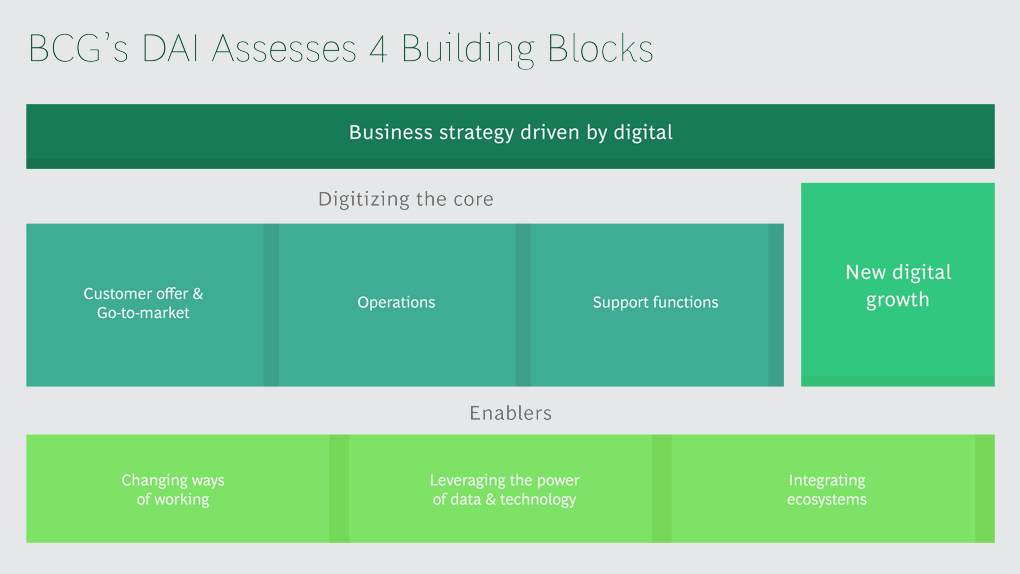
BCG Digital Acceleration Index
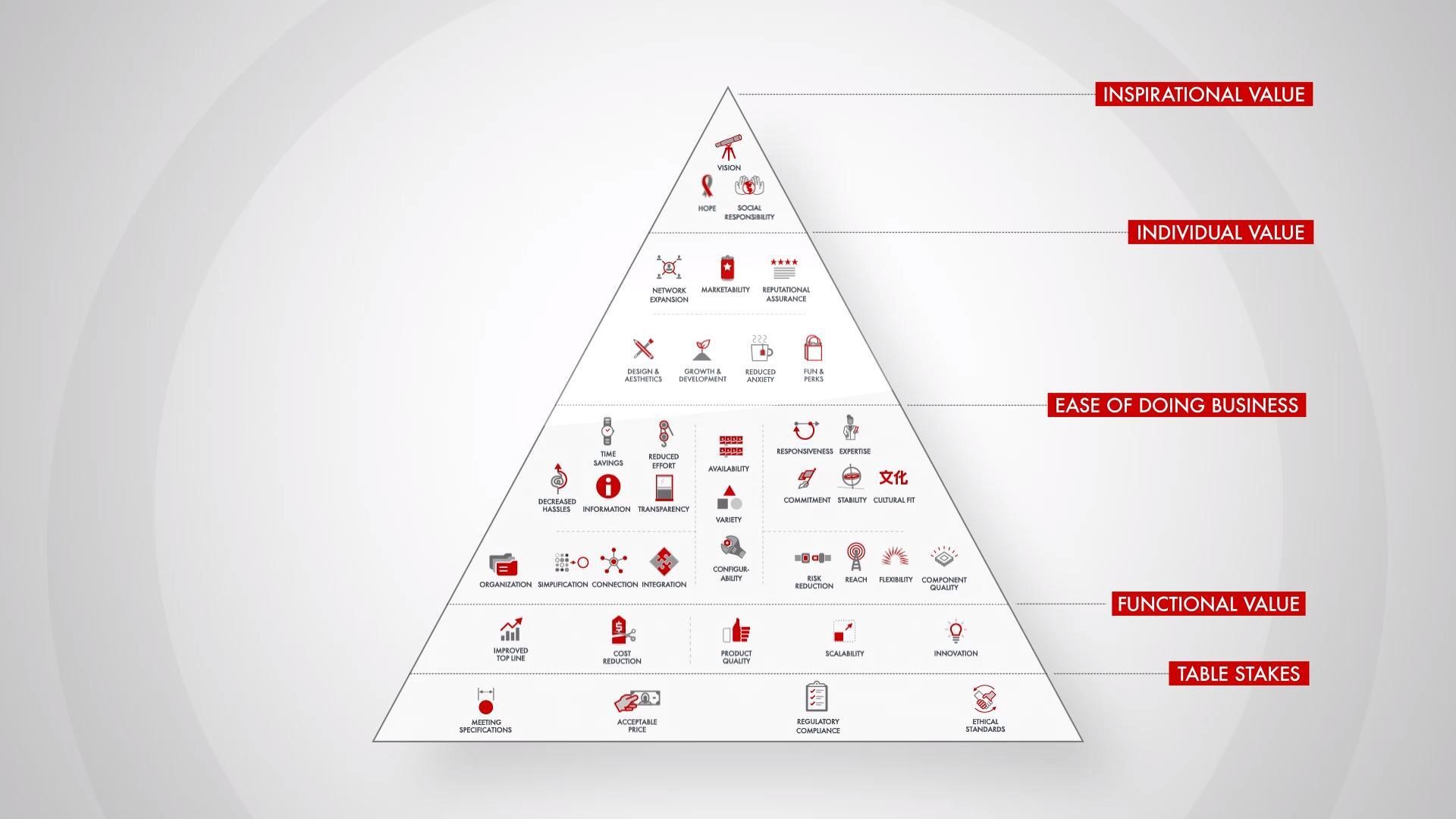
Bain’s Elements of Value Framework
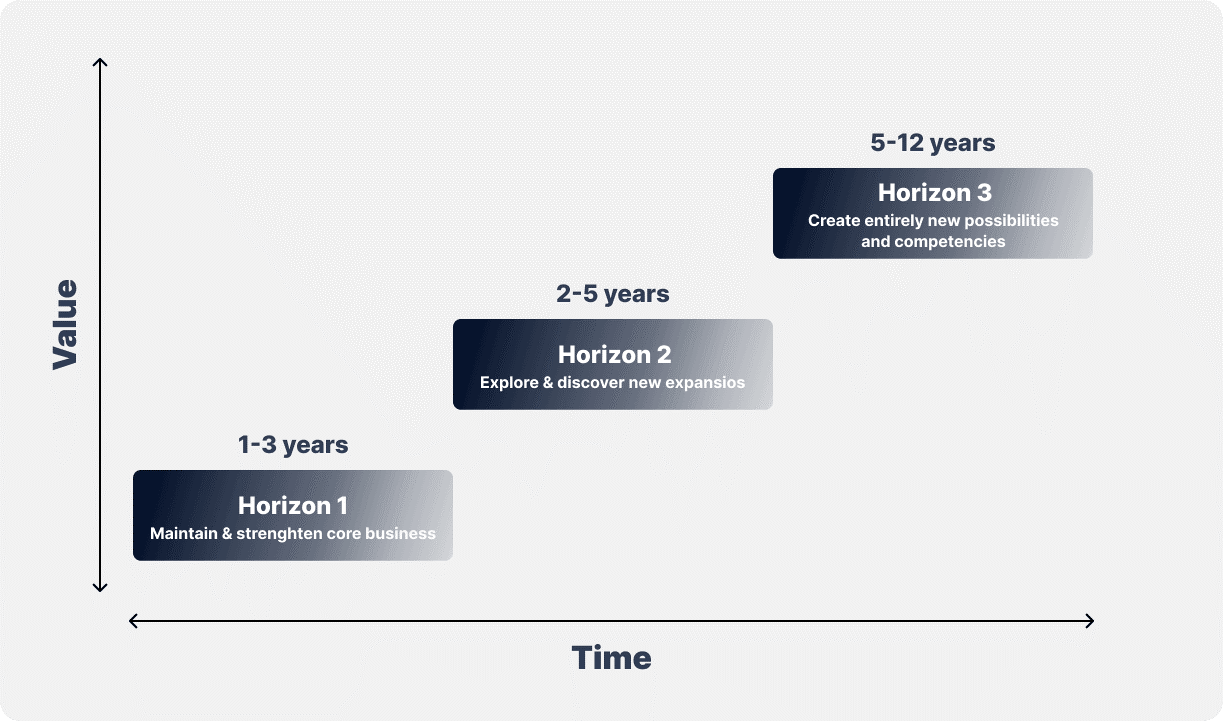
McKinsey Growth Pyramid
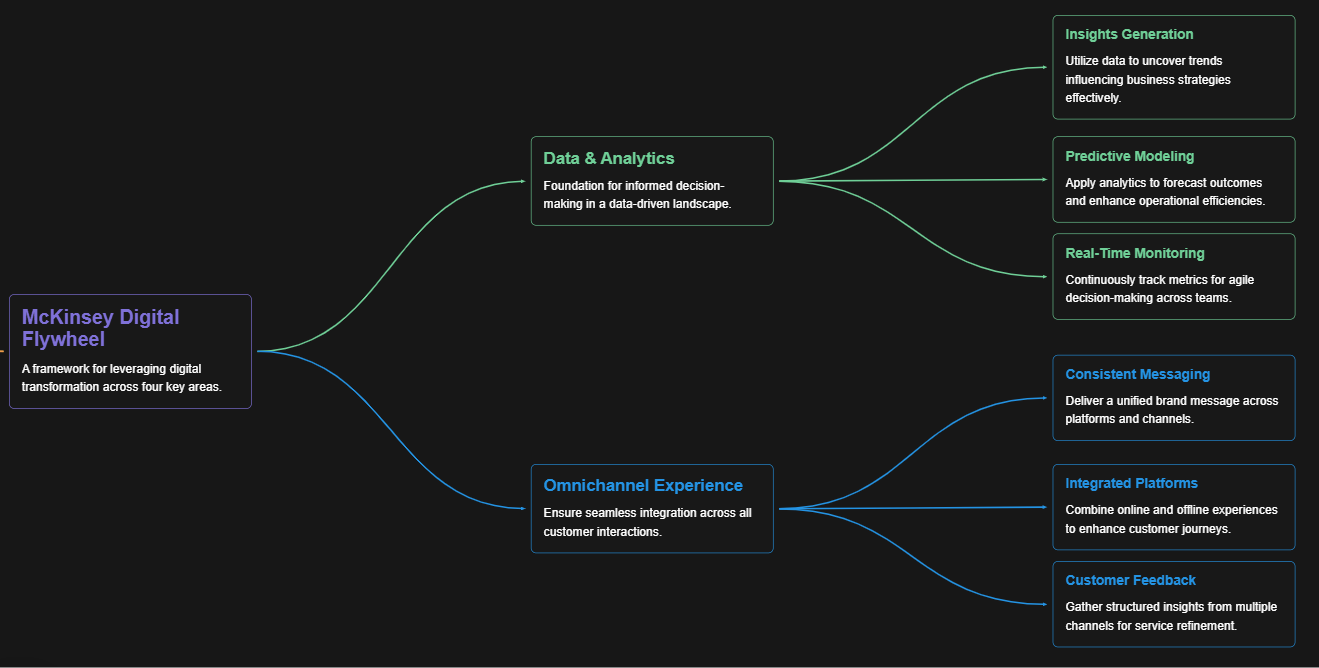
McKinsey Digital Flywheel
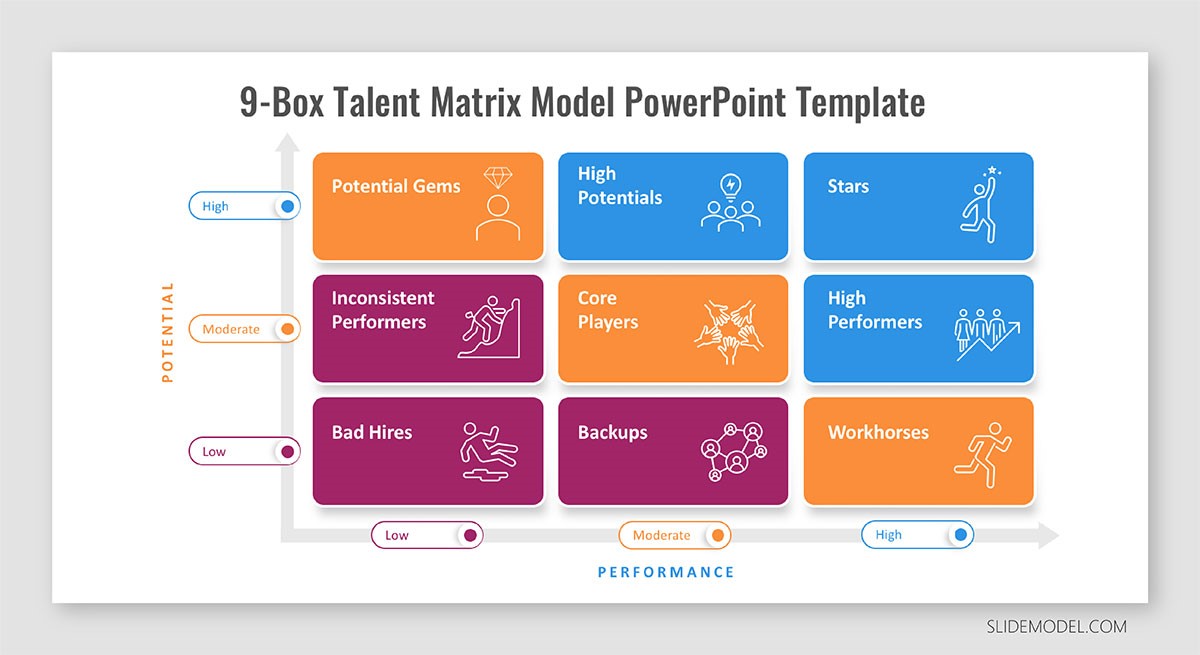
McKinsey 9-Box Talent Matrix
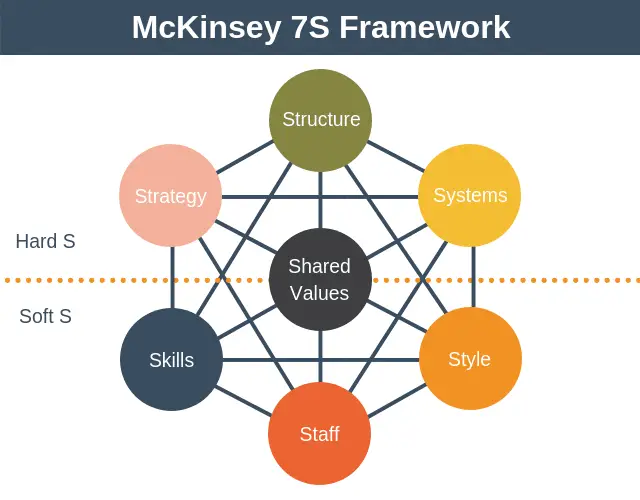
McKinsey 7S Framework
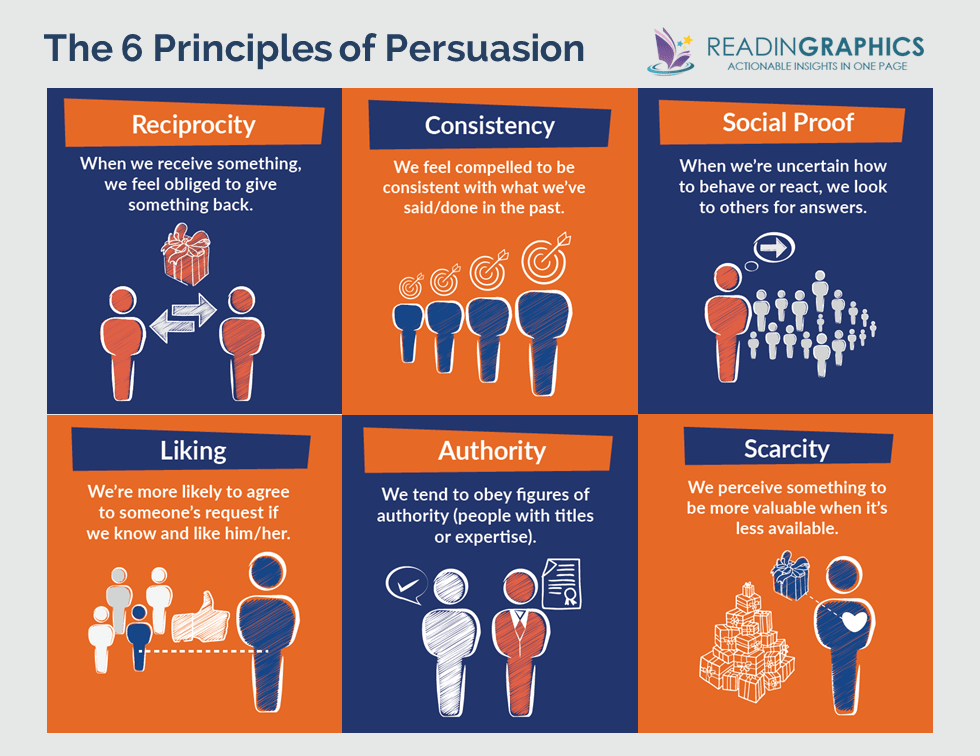
The Psychology of Persuasion in Marketing
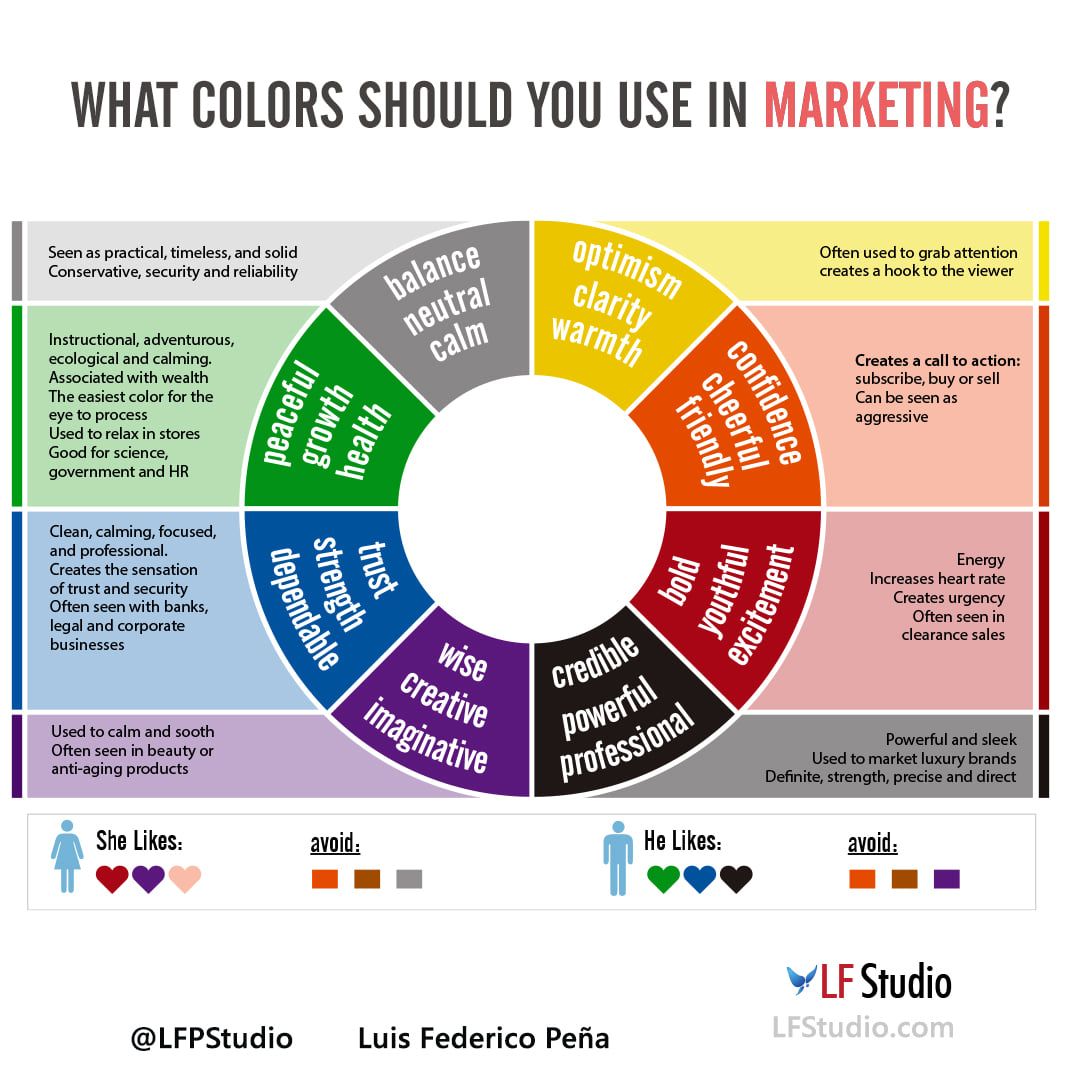
The Influence of Colors on Branding and Marketing Psychology








